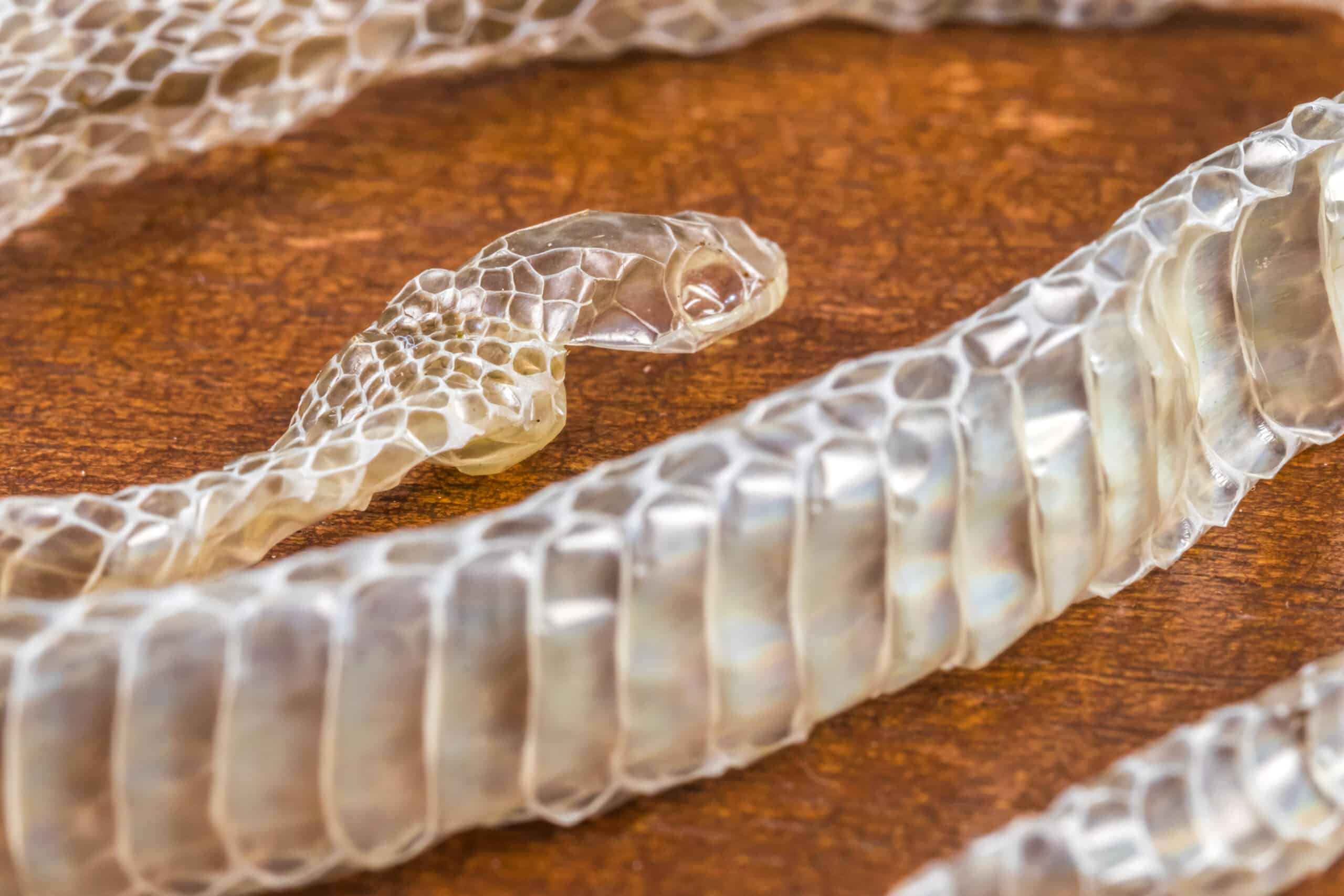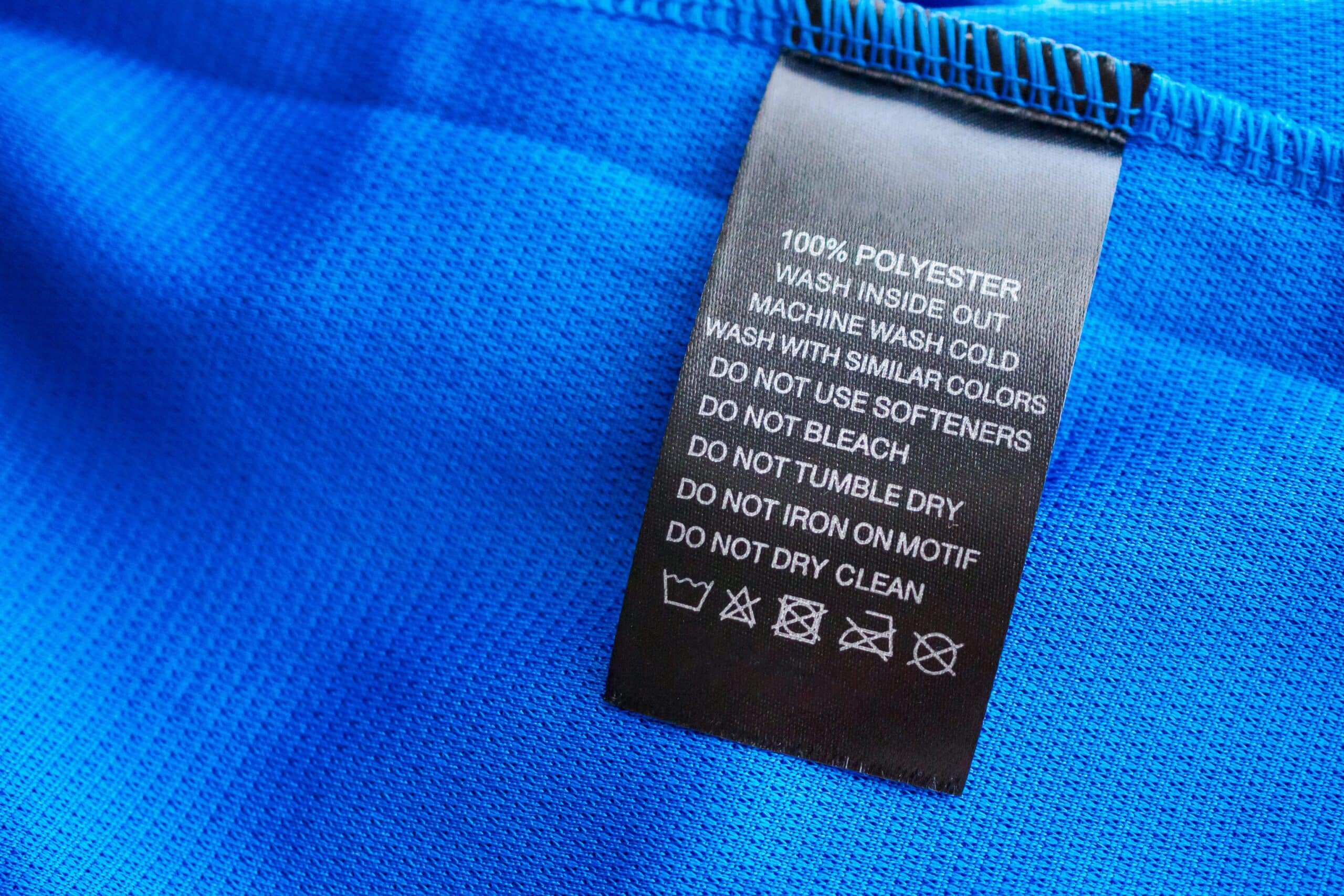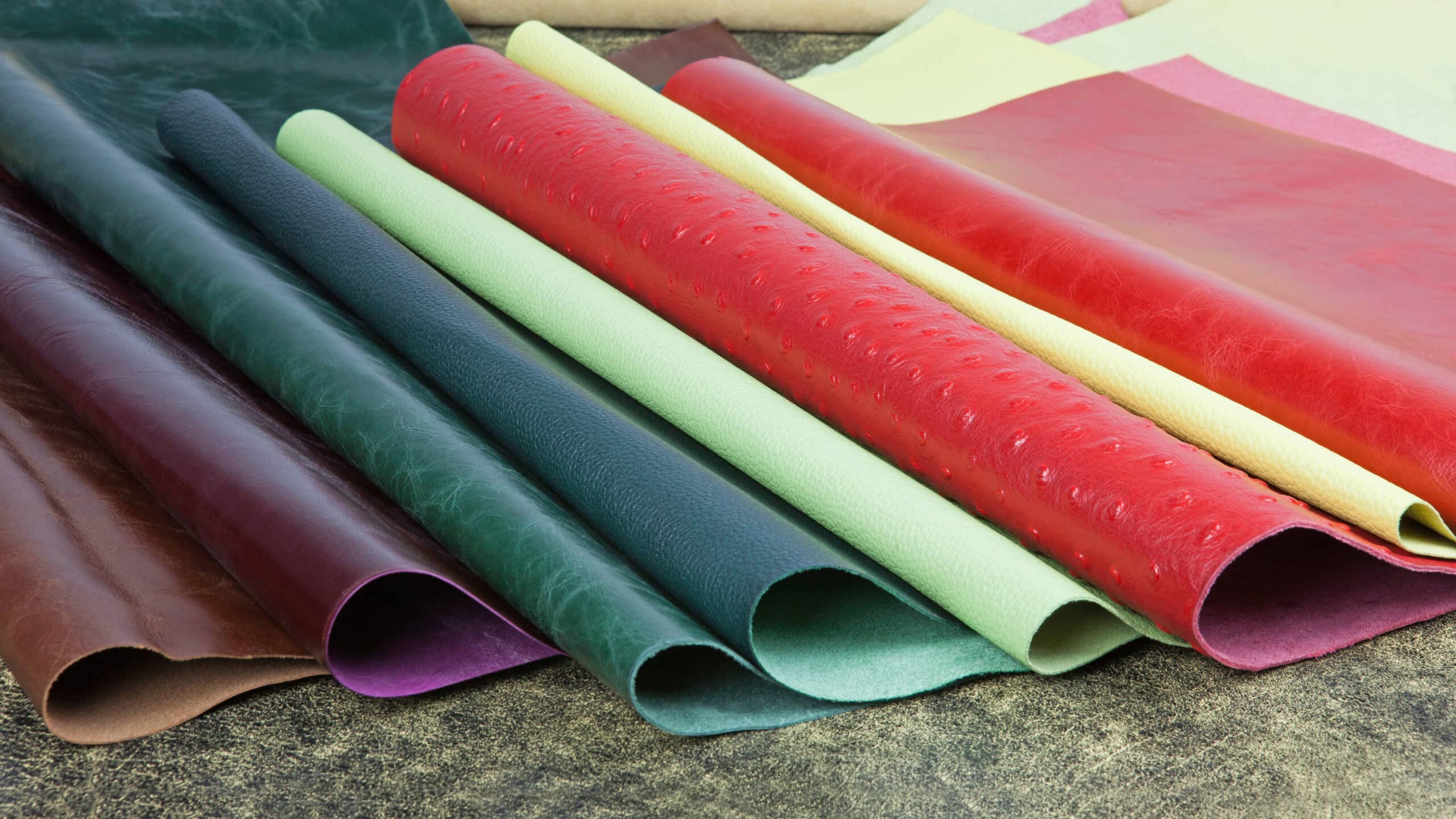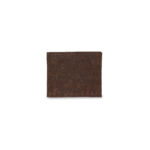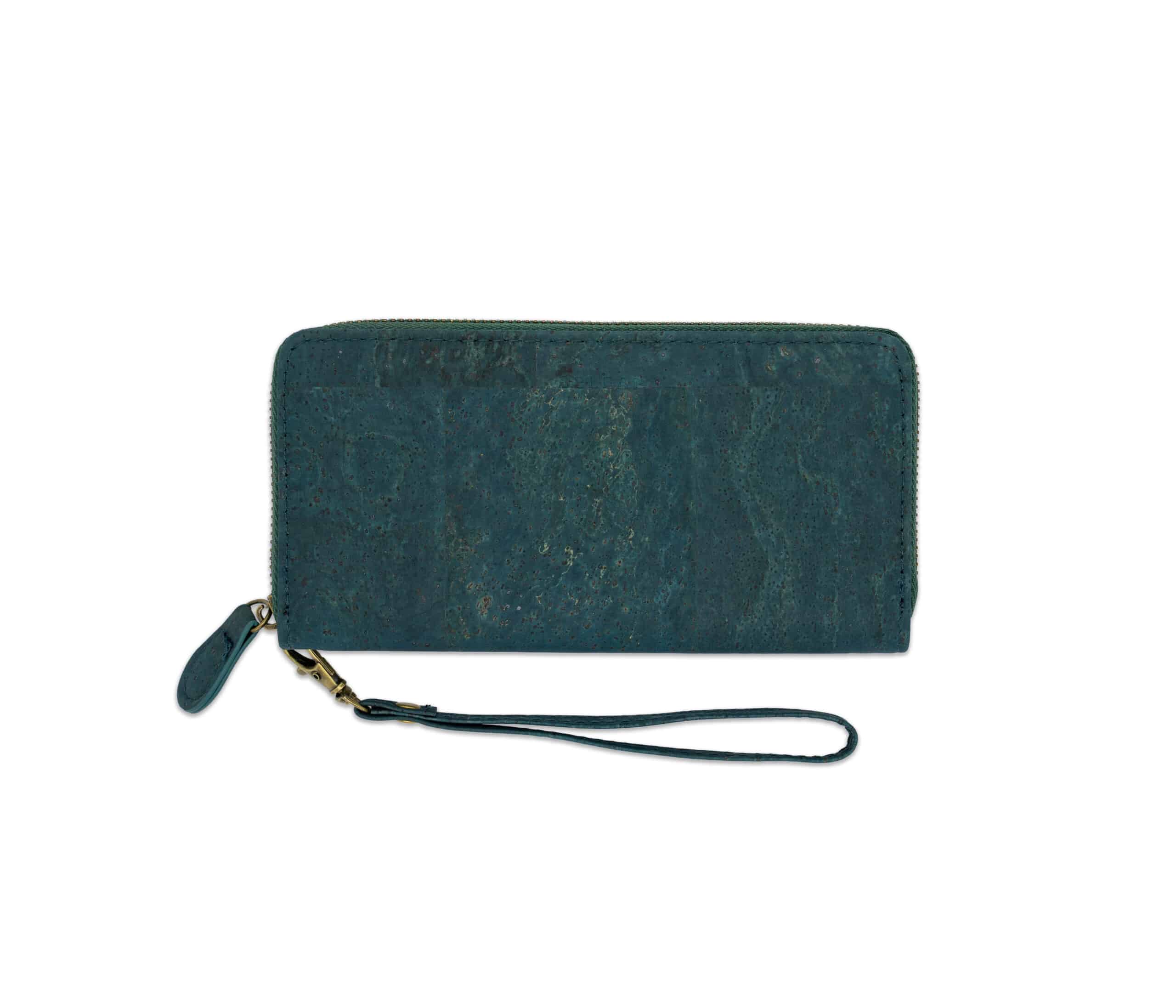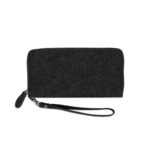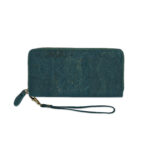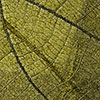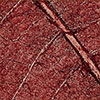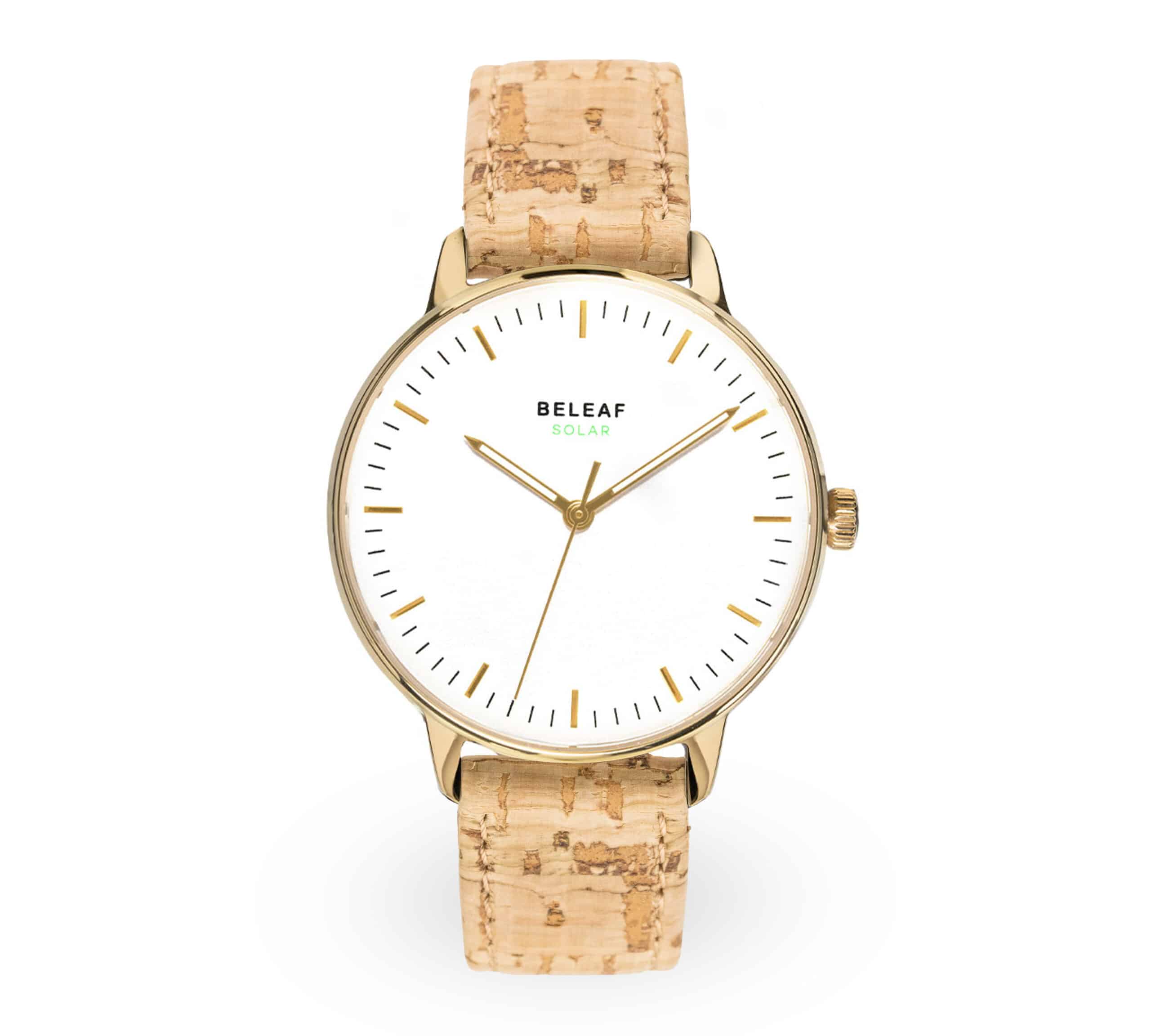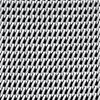There are over 5 billion items of clothing hanging in Germany’s closets. According to a survey, we wear one in five of them almost never. Constantly new collections of brands, also called fast fashion, give consumers the feeling that we need new clothes regularly. The price we pay for this (depending on the brand) is low – the price paid by the environment, employees in production facilities and animals is immense.
The dark side of the fashion industry
At the moment, the textile industry produces about 1.2 billion tons of CO2. That’s more in total than all international flights and cruises combined. The fashion industry is thus responsible for 5% of global emissions. These arise during the long transport routes, further processing and extraction of plastic fibers.
The most common material now used in the fashion industry is polyester. Like nylon and acrylic, it belongs to the group of plastic fibers. During the washing of polyester clothing, small plastic particles – also called microplastics – get into the water and later end up in the sea.
High water consumption
While people in many countries have too little water, the textile industry swallows inconceivable amounts of water. Between 3.6 and 26.9 cubic meters of water per kilogram are needed to grow cotton. To put this into perspective, 3.6 cubic meters of water is equivalent to about 25 bathtubs full of water. In Asia, for example, this high water consumption has resulted in the Aral Sea already drying up.
Toxic chemicals
Pesticides are very often used to grow cotton. That’s about 25% of the market. During further processing of the materials, other chemicals are used – including perfluorinated hydrocarbons and phthalates. These substances lead to insect mortality, poison the soil and can harm residents in the immediate vicinity.
A tip on how we can behave as a consumer
The production chain of the fashion industry should be reworked for many brands. If brands won’t act, we as consumers need to do something about it. We can consider, before we buy something new, whether we need the clothes at all or whether we don’t already have enough. Old clothes that we no longer wear should be taken to second hand stores or sold independently.
Above all, we should pay attention to where we shop. Numerous seals and certificates clarify how resource-conserving and sustainable a brand is. Only in this way can we promote fair working conditions and sustainable raw materials.








